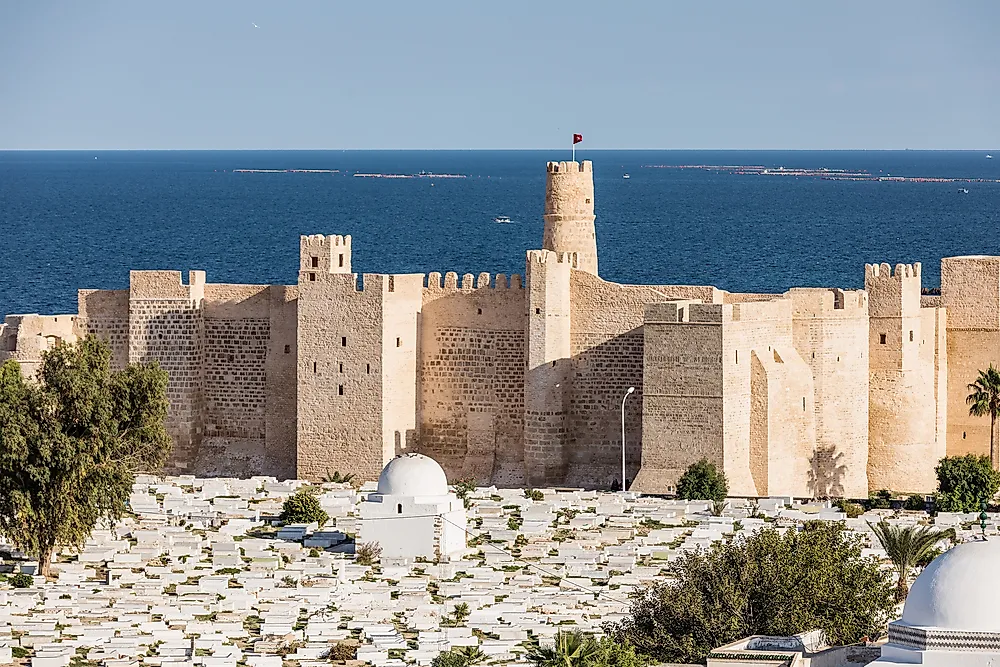What Is Ribat?

A ribat is an Arabic word used to refer to an ancient fortification that was built to house military volunteers who were taking part in the Muslim conquest of the North Africa region. These volunteers were referred to as murabitun. The importance of the ribats extended beyond the purpose of a mere fortification and was used as commercial routes. Ribats were also vital in protecting the isolated Muslim communities in areas that they were built. The first ribat was constructed in the 8th century and became an important structure for Muslim volunteers who offered to defend Islam in jihad. The ribat goes by different names in different places in the Middle East. For example, it is also known as Khanqah in Iran and known as tekke in Turkey. Initially, the name ribat was a classical name or title used to refer to the guard on duty at the frontier post who was charged with defending the dar al Islam (territory of Islam). Today, the term ribat has a wide application and has been used by various groups including militant groups such as Islamic State and al-Qaida.
Origin and Significance of Ribats
The ribats were initially built to offer protection and act as a fortress for Muslims who lived in isolated regions and who had volunteered to take part in jihad. For voyagers and travelers along the many routes across the deserted regions, it was a hostel and a place to relax. Ancient mystics also preferred to live in these structures. Those who converged in the ribats developed a brotherhood that blossomed into a tradition that gave birth to Sufi mysticism. Sufism is often referred to as the inward form of mysticism within Islam in terms of ritual practices, values, and doctrines. The ribats were crucial to the spread of Islam in North Africa, across the Sahara desert, and in many parts of West Africa. Ribats became homes for religious teachers who helped spread Islam. These religious teachers were known as marabouts.
Architecture of Ribats
Ribats were important in the spread of Islam to many areas in North Africa and central Asia. Some of the earliest and most important ribats are still intact and include the Rabati Malik built in 1068 and Ribat-i-Sharaf which was built in the 12th century. These were built in a square shape with elongated rooms in the shape of a vault along the walls. They had a monumental portal and a courtyard. Large ribats had a mosque within its walls. A ribat was built to serve many purposes and had living rooms, storehouses and numerous rooms for other provisions. The most prominent feature of a ribat was the watchtower for monitoring the surrounding and signaling in the event of an invasion. A typical ribat had about four to eight watchtowers.
The original purpose of a ribat was to house soldiers and volunteers who participated in jihad. As time progressed, their purpose was turned to a more peaceful use with the introduction of Sufism. The Sufi fraternity used the ribats to congregate and share ideas. Hence, ribats became institutionalized as a result of the blossoming brotherhood of Sufism. Many people could visit to learn from the Shaykha (Sheikh) who resided in the ribat.











